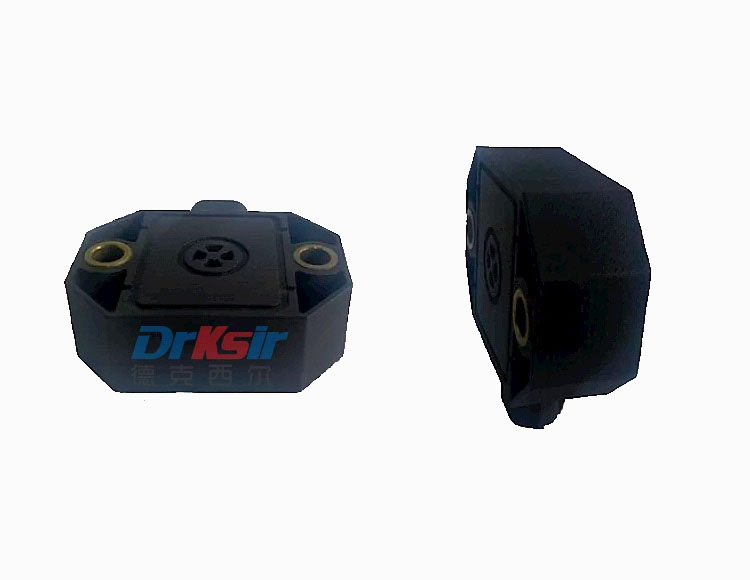感谢您的支持,我会继续努力的!



打开支付宝扫一扫,即可进行扫码打赏哦
Follow these steps when installing the on-board hydrogen sensor:

1. Location selection: The sensor should be installed in an area where hydrogen is easy to gather, such as near the hydrogen tank, while away from high temperature sources and electromagnetic interference.
2. Environmental adaptability: Ensure that the installation position is not affected by extreme temperature, humidity, or vibration, and take protective measures when necessary.
3. Fixed and sealed: Use suitable fasteners to ensure that the sensor is firmly installed and that all connections are well sealed to prevent external environment.
4. Wiring and debugging: Follow the wiring diagram provided by the manufacturer to ensure that the signal cables and power cables are correctly connected, and carry out functional testing and calibration after installation.
Note the following when installing the on-board hydrogen sensor:
1. Safety specifications: strictly comply with local safety installation standards and operating procedures.
2. Environmental factors: Consider the impact of ambient temperature, humidity, vibration and corrosive gases on sensor performance.
3. Regular maintenance: Develop regular inspection and calibration plans to ensure long-term stable work of the sensor.
4. Power stability: Ensure that the power supply of the sensor is stable to avoid voltage fluctuations affecting its performance.
5. Lightning and electrostatic discharge (ESD) prevention: Take appropriate measures in an area with frequent thunderstorms or in an environment prone to ESD.
6. Emergency preparedness: The installation position should be convenient for quick response, and once the sensor alarms, quick measures can be taken.
With careful installation and maintenance, on-board hydrogen sensors can effectively improve the safety and reliability of hydrogen energy applications.

关注公众号
了解更多传感器知识
公众号:德克西尔

加微信
购买传感器产品
微信号:Drksir-13515810281
